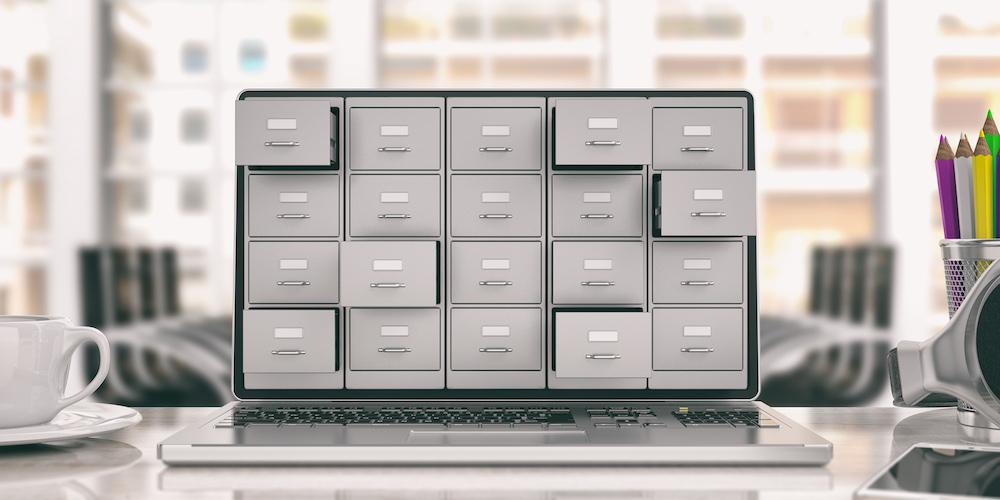Microsoft Exchange is a rock-solid email solution, and integrates extremely well with Outlook. It’s ubiquitous use in business (over 95% of our customers use it) is testimony to how good it is. It’s also generous with storage, offering 50 GB of storage under Plan 1, and doubling to 100 GB of storage under Plan 2.
What if I run out of space?
It’s not uncommon for people who’ve had the same email address for a long time, and who like or need to keep email, to hit these limits. So, what if you need more storage? One solution is Archiving.
Archiving will automatically move mail which is 2+ years old into a cloud repository designed for long-term storage, outside of your mail inbox. This clears up space in your inbox, and is accessible via Outlook for Mac or Windows, or via Outlook online (outlook.office.com).
Microsoft Exchange Plan 1, Business Basic, and Business Standard all include 50 GB of archive, in addition to the 50 GB inbox. Microsoft Exchange Plan 2 and Business Premium give you even more – unlimited archive storage.
Is there a catch with Archiving?
While archiving is an excellent way to retain every single email you’ve ever sent or received, there are two very important things to be aware of before archiving is activated.
1. One way trip
Archiving is a one-way process. Once items are moved to Archive, they cannot automatically be moved back to the main inbox or subfolders. Archive items can be manually moved back to the main inbox, but this is a manual process with a 30-day time limit, and involves de-activating archiving.
2. Limited access
Archive emails are only currently accessible on Outlook for Windows, Legacy Outlook for Mac, and webmail (via outlook.office.com). Archive emails cannot be accessed via mobile devices, Apple Mail, or New Outlook for Mac. This may change in the future.
Are there options?
Before you consider if archiving is appropriate for your email needs, be aware of the potential downsides, and consider these options to activating archive:
- Delete mail with large attachments
- Delete mail which is old and unneeded
- Delete mail which is clearly junk or from a subscription

